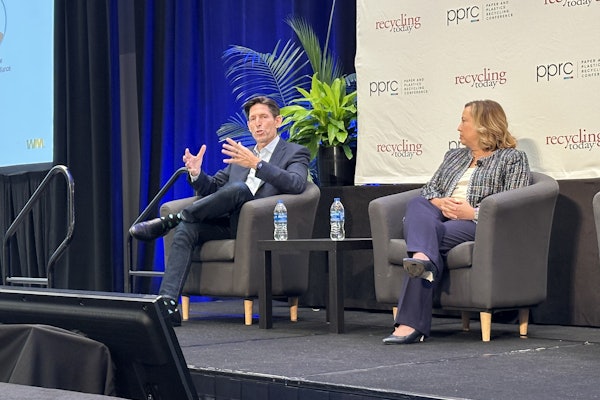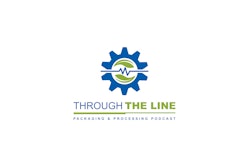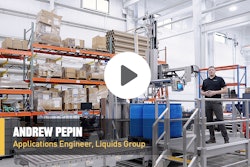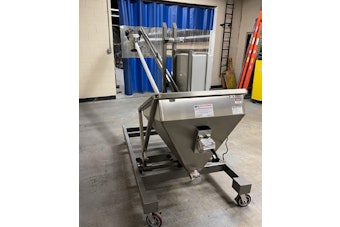
The concept of supply chains has been thrust upon the consciousness of the world due to a crisis brought on by COVID-19 and its variants. In the U.S., for example, flotillas of container ships parked off major ports translate into shortages and outages, fueling inflation. It doesn’t mean, however, that most people understand what supply chains actually are.
A supply chain is the network of companies whose combined contributions result in a finished product reaching a customer/consumer. What constitutes a finished product is relative in that one company’s finished product can be a component of another company’s product. By that lone example, supply chains can be (and frequently are) complex, and can stretch from local to global.
Supply chains are dynamic, with their signature characteristic being physical flows. That’s why supply chains cannot exist without packaging. Value-adding operations convert raw materials into the vast variety of items that constitute the commercial stream. Those items must be adequately packaged to endure the handling, transportation, and warehousing that are at the heart of supply chains.
The indispensable reliance that supply chains have on packaging was argued in my October 2018 column, “Packaging: The Strongest Link in Supply Chain Management?”, and the expressed fundamentals still apply. Nonetheless, the pandemic has caused such disruption that changes in how business is planned and executed are inevitable. Before launching into that discussion, however, a brief digression into the history of packaging and physical flows can lend perspective.
The phrase distribution packaging has endured for generations, reflecting its connection with physical flows. It predates the phrase supply chain, which is of comparatively recent coinage, itself preceded by materials management, physical distribution, and logistics (originally, a military term). The point is that throughout the evolution of phraseology describing disciplines devoted to physical flows, packaging has been an enabling constant.
Knowledgeable sources warn that another pandemic will occur (a warning separate from, but acknowledging of, the specter of disruptions caused by natural disaster, geopolitical upheavals, and the like.) Strategic planning of supply chains needs to reflect such certainties. Those plans, in turn, will carry significance for packaging.
Some supply chains will be reconfigured, even if it’s not feasible in the near term. An example: companies will rethink the degree to which offshore manufacturing, with its cheap labor, offsets the costs and the risks associated with separation by distance and time. Those risks include slower recovery from a pandemic than what’s experienced by the U.S. and the Western world. Whatever the configuration, package laboratory testing will be challenged to model the supply chain and to simulate the imposed forces and hazards.
























